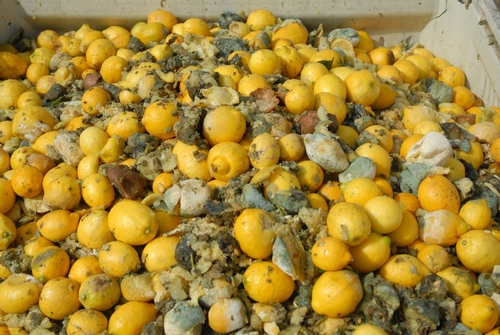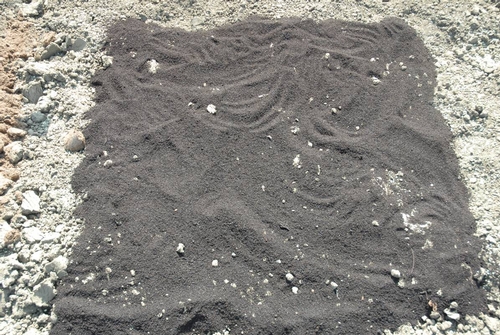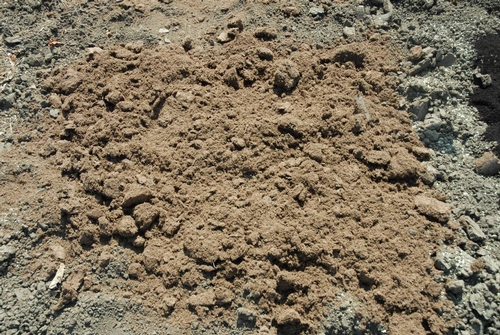Today, Maren Mochizuki shares with us preliminary findings from a local research project.
Soil pH along most of the California coast north of Los Angeles ranges between 7.3 and 8, which is generally higher than many edible and ornamental plants prefer. In some cases, availability of micronutrients such as iron is severely limited in soils above pH 8, leading to deficiency symptoms in plants. Other plants such as blueberries, rhododendrons, azaleas, and hydrangeas prefer acidic soil conditions (pH 6 and below).
To investigate potential soil pH reduction over time, UCCE Farm Advisors Jim Downer and Ben Faber and UCCE Staff Research Associate Maren Mochizuki applied coffee grounds, lemon waste, peat moss, pine needles, oak leaves, and municipal yardwaste in addition to elemental sulfur to soil with an unadultered pH of 7.8.
The project is on-going and is in its third year. Preliminary findings indicate that the combination of organic material plus elemental sulfur reduces pH to a greater degree and more quickly than either the amendment or sulfur alone. We have seen the greatest effect thus far with elemental sulfur plus coffee grounds, chipped lemon waste, or peat moss.

Lemon waste from Ventura County packinghouses.

Lemon waste was chipped before application and
incorporation into soil.


Coffee grounds (top) and peat moss applied
to soil prior to incorporation with a rototiller.